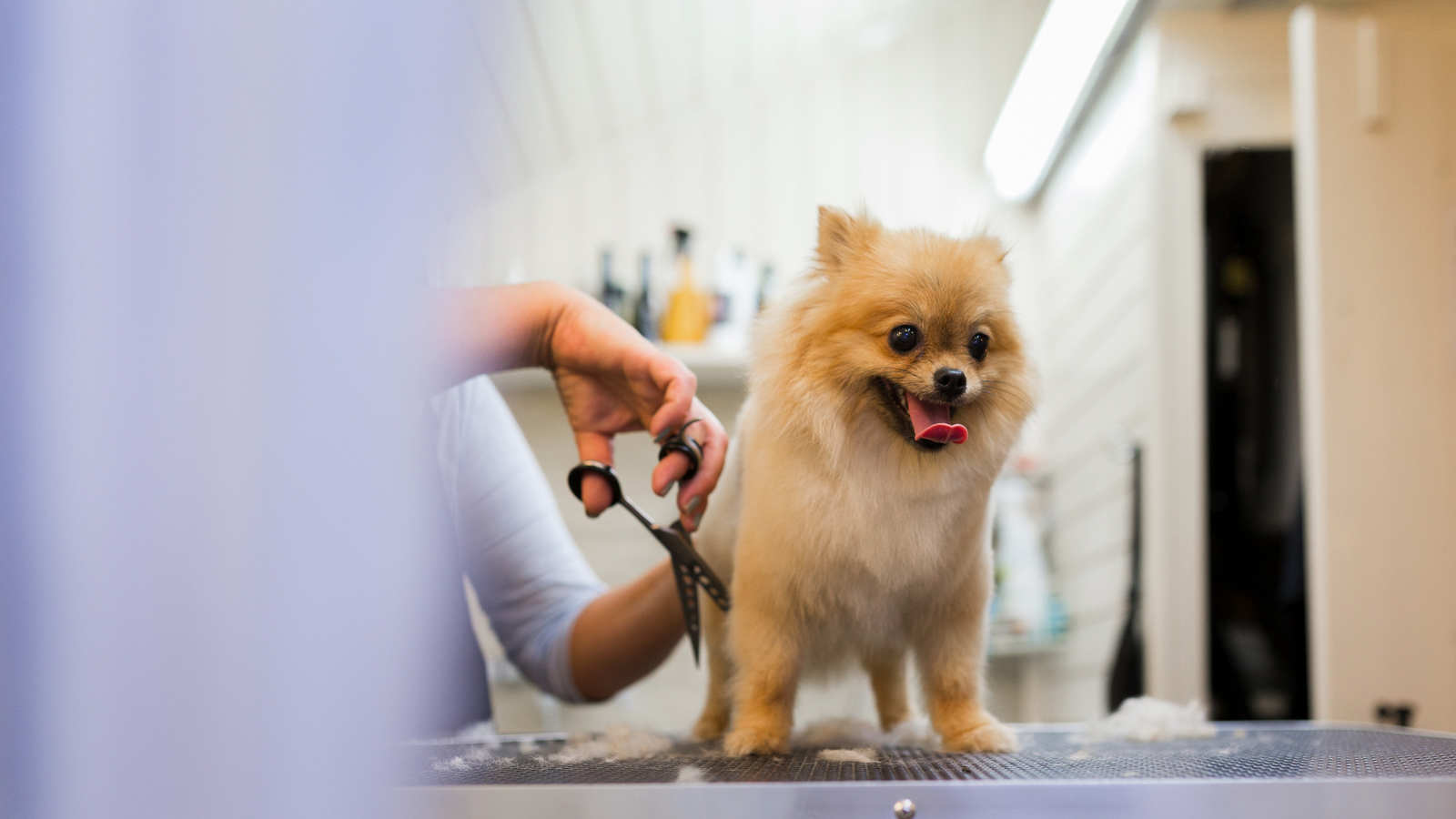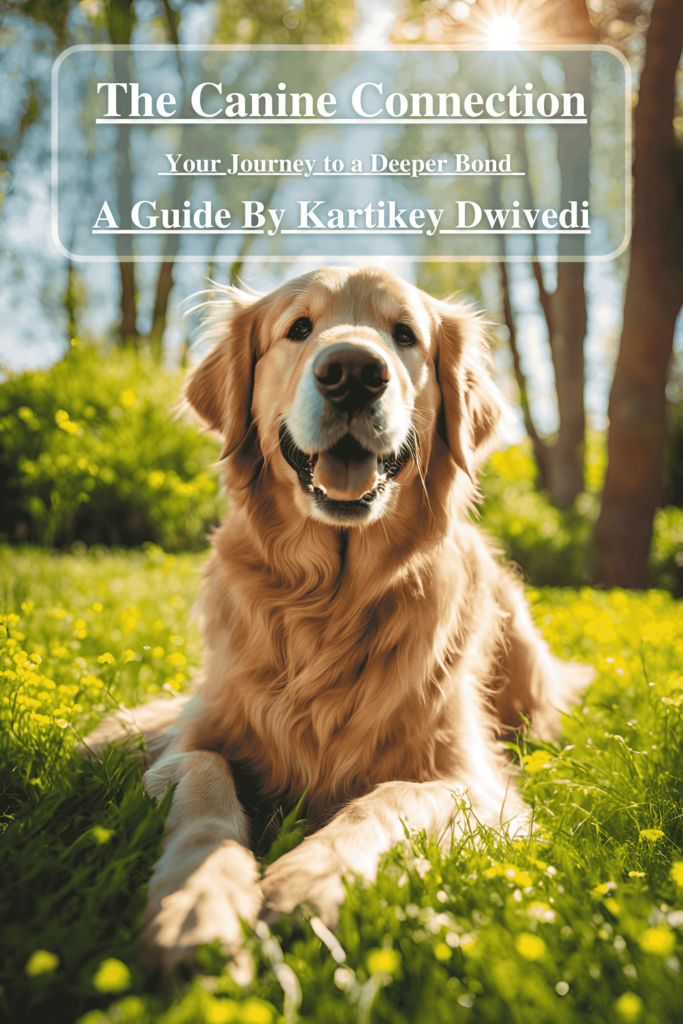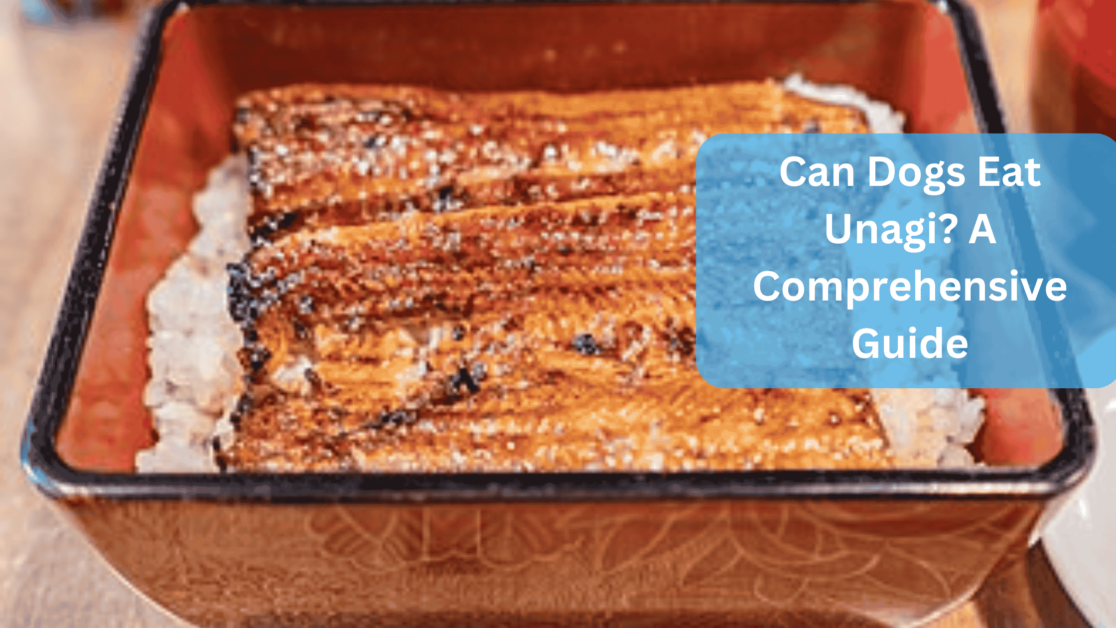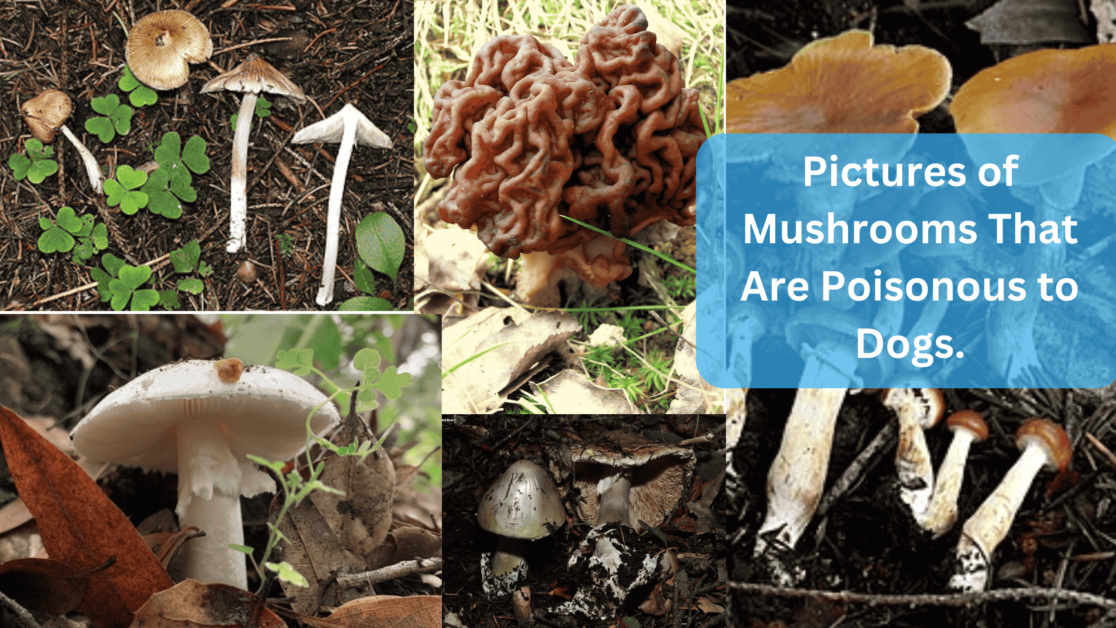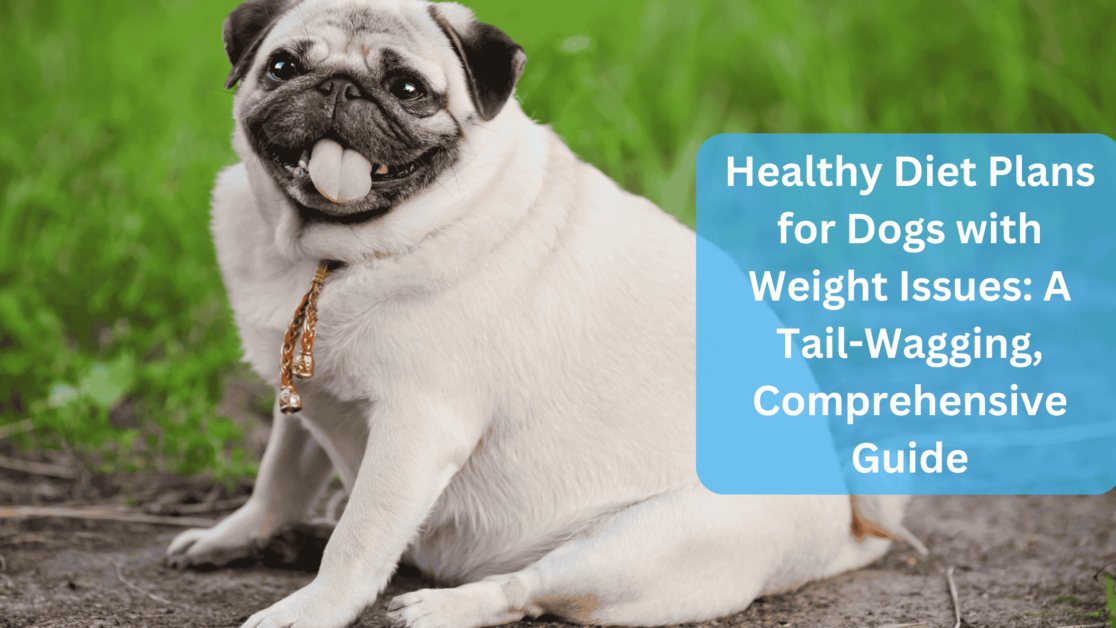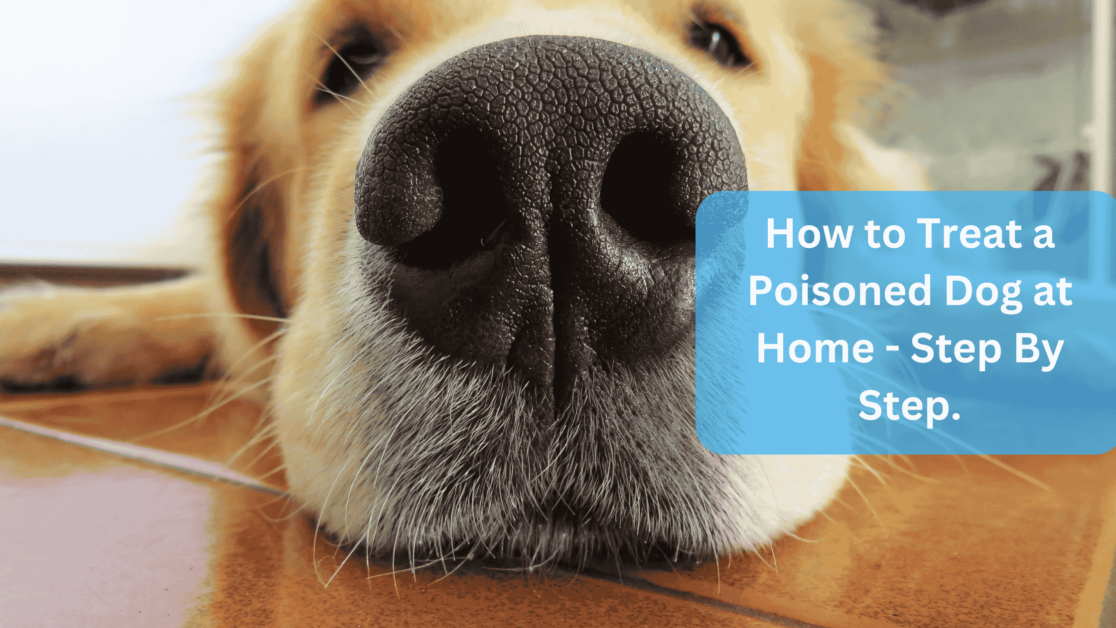Grooming your dog is an essential part of their overall health and well-being. However, grooming a dog that bites can be challenging and potentially dangerous. In this article, we’ll discuss tips and tricks for safely grooming a dog that tends to bite.
Understanding Why Your Dog Bites During Grooming
Grooming your dog is an important part of their overall health and well-being. However, some dogs may become anxious or even aggressive during grooming, making it difficult and dangerous to groom them. If your dog bites during grooming, it’s important to understand why so that you can take the necessary steps to help them feel more comfortable and safe.
Fear or Anxiety
Grooming can be a stressful experience for some dogs, especially if they have had a bad experience in the past or if they are sensitive to being touched in certain areas. One reason why dogs may bite during grooming is that they feel afraid or anxious. Signs that your dog feels fearful or anxious during grooming may include trembling, panting, whining, or growling.
To help your dog feel more comfortable during grooming:
- Introduce them to tools and techniques slowly and gradually.
- Use positive reinforcement techniques, such as giving your dog treats or praise, to help them associate grooming with positive experiences.
- Suppose your dog is still exhibiting signs of fear or anxiety during grooming.
In that case, it may be helpful to seek the assistance of a professional dog trainer or behaviorist.
Pain or Discomfort
Another reason why dogs may bite during grooming is that they are experiencing pain or discomfort. This could be due to a medical condition, such as arthritis or an injury, or a grooming tool or technique causing pain or irritation. Signs that your dog is experiencing pain or discomfort during grooming may include whimpering, yelping, or flinching.
Be sure to use gentle and appropriate grooming techniques to help your dog feel more comfortable during grooming. Additionally, it’s important to regularly inspect your dog’s skin and coat for signs of irritation or injury. If you suspect your dog is experiencing pain or discomfort due to a medical condition, take them to a veterinarian for an evaluation.
Lack of Trust or Respect
A third reason dogs may bite during grooming is that they don’t trust or respect their owner or groomer. Dogs are packed animals and rely on clear social cues and boundaries to understand their place in the pack. If a dog doesn’t trust or respect their owner or groomer, it may see grooming challenging to its authority.
To help your dog feel more comfortable and establish trust and respect, it’s important to use positive reinforcement training techniques to establish clear boundaries and communication. This includes using consistent commands and body language, rewarding good behavior, and ignoring or correcting bad behavior. Additionally, avoiding physical punishment or aggression is important, as this can further erode trust and respect between you and your dog.
Also Read : The Ultimate Guide to Skull Dog Fursuits: A Comprehensive Guide for Pet Owners
Preparing Yourself and Your Dog for Grooming

Grooming your dog can be challenging, especially if your furry friend is anxious or fearful about the process. However, there are several steps you can take to make grooming a more positive experience for both you and your dog. By preparing yourself and your dog ahead of time, you can reduce the likelihood of your dog biting during grooming.
Desensitization Training
One effective way to prepare your dog for grooming is through desensitization training. This involves gradually exposing your dog to the different tools and equipment used during grooming in a non-threatening way. Start by introducing your dog to the tools one at a time, and give treats and praise for calm and relaxed behavior. Over time, gradually increase the duration and intensity of the exposure until your dog is comfortable with the entire grooming process.
Muzzling
In some cases, muzzling may be necessary to prevent your dog from biting during grooming. A properly-fitted muzzle can help keep both you and your dog safe. However, it is important to introduce the muzzle gradually and positively, using treats and praise to build your dog’s comfort and confidence with the device.
Choosing the Right Tools
Using the right tools for grooming can also help reduce the likelihood of your dog biting. Look for comfortable tools for your dog, such as brushes with soft bristles or grooming gloves. Avoid using tools that cause discomfort or pain. Use positive reinforcement to reward your dog for calm and relaxed behavior during grooming.
By taking these steps to prepare yourself and your dog for grooming, you can help make the process a more positive and stress-free experience for both of you.
A Step-by-Step Guide to Grooming a Dog that Bites
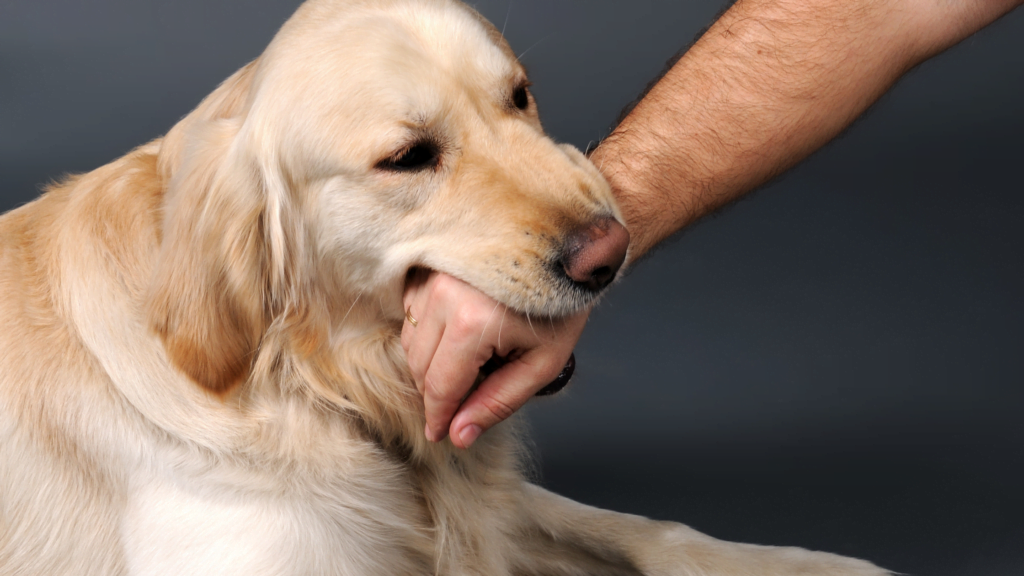
Grooming a dog that bites can be challenging. Still, with patience and the right techniques, it is possible to make the experience more comfortable and stress-free for you and your dog. The following steps provide a guide to help you groom your dog safely and effectively:
Starting with Basic Touches
Start by getting your dog used to basic touches, such as petting and gentle stroking. This will help your dog get used to being touched and will also help to build trust between you and your pet.
Gradually Introducing Grooming Tools
Once your dog is comfortable with basic touches, gradually introduce grooming tools such as combs and brushes. Start by letting your dog sniff the tools, get used to their presence, and then gradually use them for grooming your dog.
Using Positive Reinforcement
Positive reinforcement is key to ensuring that your dog has a positive association with grooming. Reward your dog with treats, praise, and affection when they behave well during grooming and take breaks when needed to prevent your dog from getting overwhelmed.
Remember, always prioritize safety when grooming a dog that bites. If your dog is extremely aggressive or difficult to handle, consider seeking professional help from a qualified dog trainer or groomer.
Safety Tips for Grooming a Dog That Bites
Safety is of utmost importance when grooming a dog that bites. Here are some safety tips to keep in mind:
Knowing When to Stop
Pay attention to your dog’s body language and behavior during grooming. If your dog seems stressed or anxious, take a break or stop the grooming session altogether.
Enlisting Professional Help
If your dog’s biting behavior persists or becomes more aggressive, consider enlisting the help of a professional dog groomer or trainer who has experience working with dogs that bite.
Staying Calm and Focused
Dogs are sensitive to their owners’ emotions, so staying calm and focused during the grooming process is important. This can help keep your dog calm and prevent any escalation of biting behavior.
Following these safety tips can help ensure a positive and safe grooming experience for you and your dog.
Also Read : How to Tell if a Dog Fight is Serious: Understanding the Signs and What to Do
Preventing Biting During Future Grooming Sessions
To prevent biting during future grooming sessions, there are several steps you can take:
Consistency in Training
It’s important to be consistent with your dog’s training, using the same techniques and commands each time. This will help your dog understand what is expected of them and reduce their anxiety during grooming.
Regular Grooming to Build Trust
Regular grooming can help your dog become more comfortable with the process and build trust with you. Start with shorter sessions and gradually increase your time grooming your dog. This will help your dog become more accustomed to grooming and less likely to bite.
Positive Reinforcement Techniques
Positive reinforcement techniques, such as giving your dog treats or praise during grooming, can help reinforce good behavior and make the experience more enjoyable for your dog. This can also help to create a positive association with grooming and reduce the likelihood of biting.
Following these tips and techniques can help prevent biting during future grooming sessions and create a more positive and stress-free experience for you and your dog.
